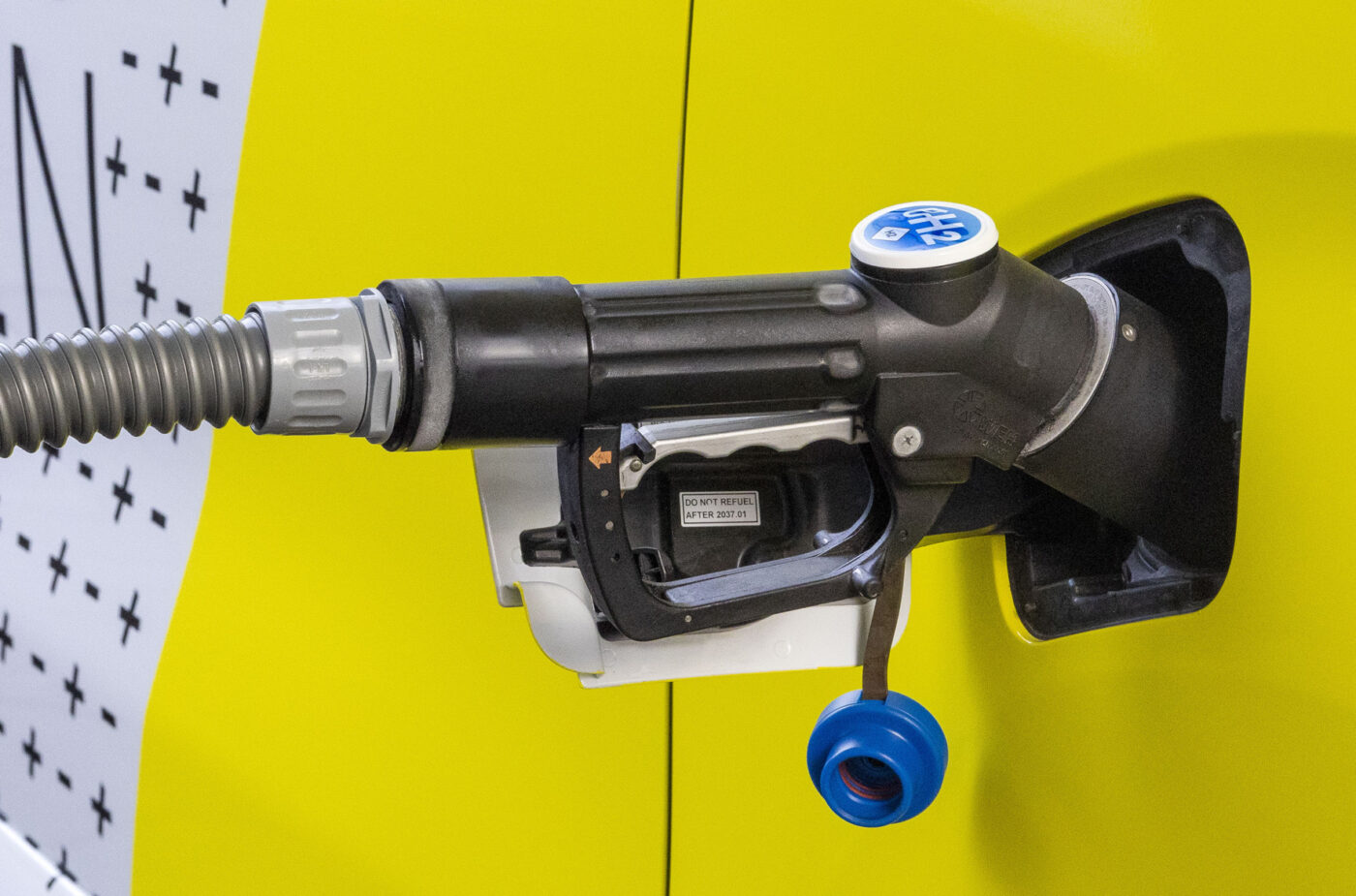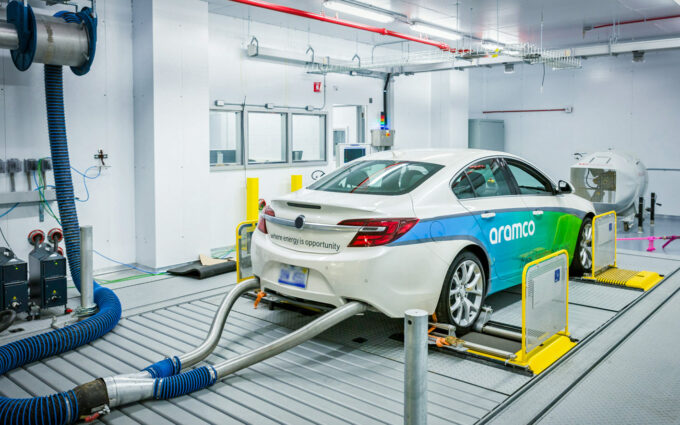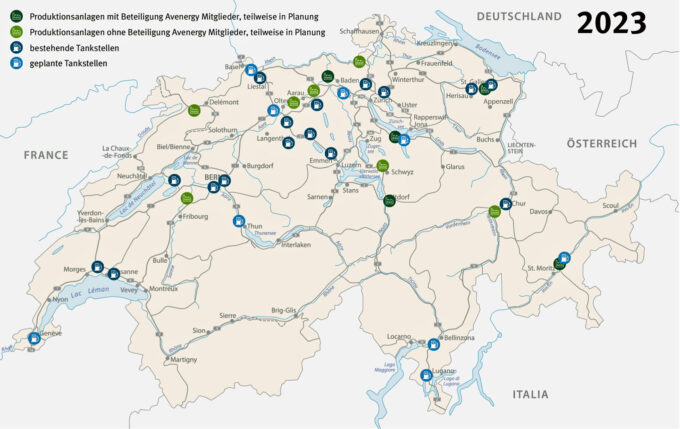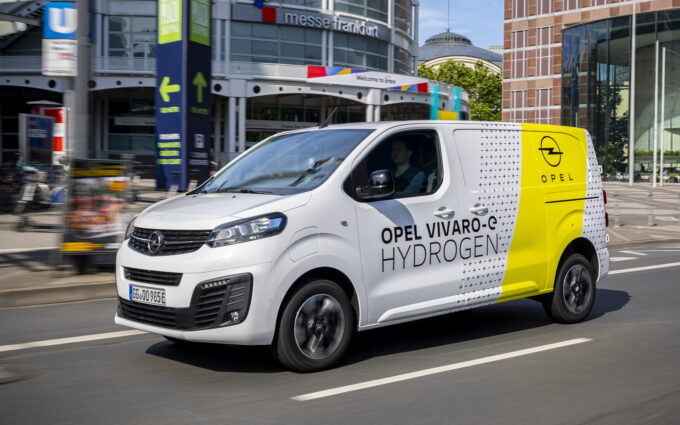Mobility: Alternatives with Green Hydrogen
SUSTAINABLE The turnaround to CO2-neutral individual mobility cannot be achieved with battery-powered vehicles alone. It needs the help of hydrogen - to operate fuel cells and to produce e-fuels.

In our country, more and more battery-electric cars are being registered every month, thus reducing CO2-emissions of the vehicle fleet can be reduced. However, there are many countries or regions where fleet replacement will be much slower or where sufficient charging infrastructure will not be available for some time. Furthermore, cars with combustion engines will still be on the road for decades - even in our latitudes. These are all good reasons for the production and use of synthetic fuels. Several speakers at the Powerfuel Week in the Museum of Transport in Lucerne spoke in favor of this.
Improvement through e-Fuels
Matthias Braun from the Fuel Research Center of the oil company Aramco in Paris, for example, emphasized that today oil production is still increasing due to growing demand. This is where e-fuels could bring about a fast-acting improvement by being used to power the world's growing fleet of combustion engines. They would also be ideally suited for blending with conventional fuels. e-Fuels will also be important in racing, as they will power Formula 1 hybrid cars from 2026.
Range up to 400 kilometers
In addition to the Hyundai Nexo and Toyota Mirai II, which have been available in our country for some time, Opel is now taking the stage with a fuel cell hydrogen light commercial vehicle (gallery left). The Vivaro-e Hydrogen - and with it its Stellantis Group brothers Citroën e-Jumpy Hydrogen and Peugeot e-Expert Hydrogen - put 260 Nm and 100 kW on the road with a fuel cell stack and a lithium-ion battery via front wheels.
The hydrogen, which can be refueled in just three minutes, is then sufficient for a driving distance of around 400 kilometers. Heavy commercial vehicles, aircraft and ships are also hardly conceivable with purely battery-electric propulsion, as the battery packs take up a lot of space, add a lot of weight on board and cannot be recharged in a short time.
Gas stations and charging stations
As drive systems change, so does the infrastructure for supplying energy to vehicles. In Switzerland, the number of hydrogen refueling stations is rising slowly but steadily (center gallery). So with 14 existing and eight planned stations, the Swiss network is already substantial today - and the next opening is just around the corner: on June 9, the station in Grauholz on the A1 opens.












